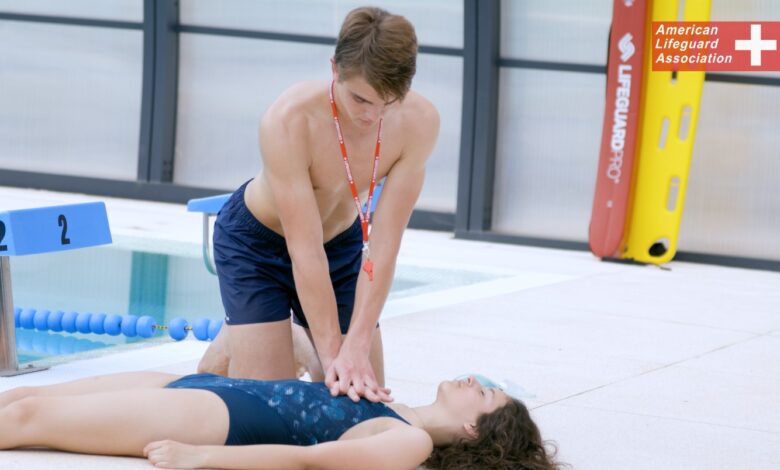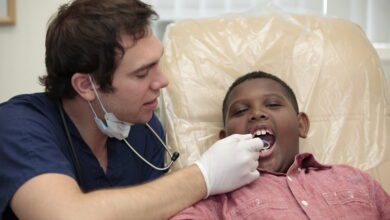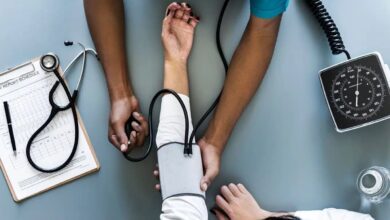
The sunny beaches and pools are some of your favorite place to go in summer. In the aquatic facilities, there are guardian who take care of your fun in the sand. They are the trained professionals with lifeguard certificate.
The lifeguard training teaches you all the important things that are required to perform your duties will in water. CPR and AED training is one of the essentials of lifeguard courses.
Ever pondered the secrets behind those life-saving maneuvers? Let’s plunge into the realm of CPR and AED training, the often-overlooked heroes that underpin a lifeguard’s certification.
Why You Should Care:
Lifeguards are the unsung heroes of the swimming world. But what makes them superheroes? Well, it’s their ability to perform CPR and use an AED. These skills are the real deal when someone’s heart decides to play hooky. Quick and accurate responses with CPR and AEDs can be the difference between saving a life or facing the unthinkable.
CPR 101:
CPR isn’t just some fancy acronym. It’s all about chest compressions and rescue breaths – the superhero moves to keep oxygen flowing in a crisis. In lifeguard training, they drum into you: “Push hard, push fast.” It’s like a rhythmic dance to keep that heart pumping at a rate of 100-120 compressions per minute.
AEDs Unveiled:
Ever seen those defibrillator gadgets hanging around? They’re called AEDs, and they’re like the superheroes’ secret weapon. Lifeguards learn to slap on those electrode pads, follow the AED’s cool voice prompts, and, if needed, deliver a shock. A well-timed zap can jolt a wonky heart back to its regular beat. That’s superhero-level stuff right there.
Where to Find Lifeguard classes Near Me:
Looking to join the lifeguard squad? Finding the right classes is the first step. Search for lifeguard training that covers CPR and AED skills. These courses aren’t just about theory; they’re all about getting your hands dirty (well, not literally). Practical sessions ensure you’re ready to tackle real emergencies.
Getting Certified:
So, what’s the lifeguard certificate process like? It’s a mix of class time and hands-on training. They school you on the theory – recognizing heart distress signals and stressing the need for lightning-fast intervention. Then, it’s all about getting down to business with practical exercises, simulating real emergencies. It’s like lifeguard boot camp!
Practice Makes Perfect:
No lifeguard rests on their laurels. Once you’ve got that certification, it’s all about keeping those superhero skills sharp. The American Lifeguard Association suggests a refresher every two years. Regular practice ensures you’re not caught off guard and helps you stay updated with the latest life-saving moves.
Real-Life Simulations:
Lifeguard classes aren’t all theory and serious faces. Instructors spice things up with mock emergencies. Picture this: You’re in the middle of a lifeguard drama, and someone’s heart decides to pull a fast one. It’s your time to shine – CPR and AED in hand, you’re the hero of the hour. It’s a bit like playing lifeguard dress-up, but way more serious.
Beyond the Pool:
Guess what? CPR and AED skills aren’t just for lifeguards patrolling the shores. You could be the hero at the gym, community center, or any hangout spot. Lifeguards armed with these skills can make a difference wherever there’s a heartbeat. It’s like having a secret superpower that works on land and water.
Picking the Right Certification:
When choosing a lifeguard certification, don’t just settle. Look for programs that dive deep into CPR and AED training. And here’s a tip: The American Lifeguard Association is like the Hogwarts of lifeguard certification. It’s where the real wizards of water safety get their training. So, pick your classes wisely, become a certified lifeguard, and be ready to save the day when duty calls!




